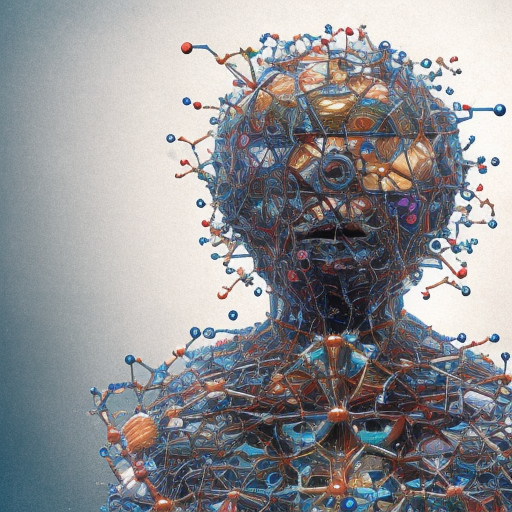
The development of a self-replicating assembler with nanometer-scale functional components has significant implications for various fields, including manufacturing, medicine, environmental remediation, and computing.
Despite the potential benefits, developing a self-replicating assembler with nanometer-scale functional components presents numerous scientific and technical challenges. Some of these challenges include precise control of atomic and molecular assembly, error-correction mechanisms, energy and resource management, and integration of functional components.
Resolution criteria:
This question will resolve to "YES" if, before January 1st 2040, an artificial self-replicating assembler is publicly and credibly documented to have:
Been composed of functional components, where over 90% of the components have dimensions between 1 and 100 nanometers. These components can be analogous to the molecular machines, enzymes, or structural elements found in biological systems, but need not be identical to their natural counterparts.
Successfully constructed a copy of itself with a replication accuracy of at least 99% within a 72-hour period, without human intervention beyond the initial setup. A replication accuracy of 99% means that, on average, no more than 1% of the functional components, atoms, or molecular connections in the copy differ from those in the original assembler.
Demonstrated a complexity threshold by incorporating a minimum of 1,000 non-hydrogen atoms in its structure, with at least 10 distinct types of components or functional groups in its design.
A functional component is defined as a distinct part of the assembler that performs a specific function, such as energy production, movement, or molecular synthesis.
A successful demonstration must be accompanied by:
A publicly accessible report or documentation describing the self-replicating assembler, its structure, components, and replication process.
Independent validation of the results by at least two separate entities with expertise in nanotechnology, molecular manufacturing, or related fields. These entities can be research groups, institutions, or companies.
Video or photographic evidence of the self-replicating assembler and its replication process, as well as any available analytical data supporting the claims.
I will use my discretion when resolving this question, possibly in consultation with experts.
By what criteria do "current" RNA approaches fail to resolve this market? https://www.ncbi.nlm.nih.gov/pmc/articles/PMC3943892/